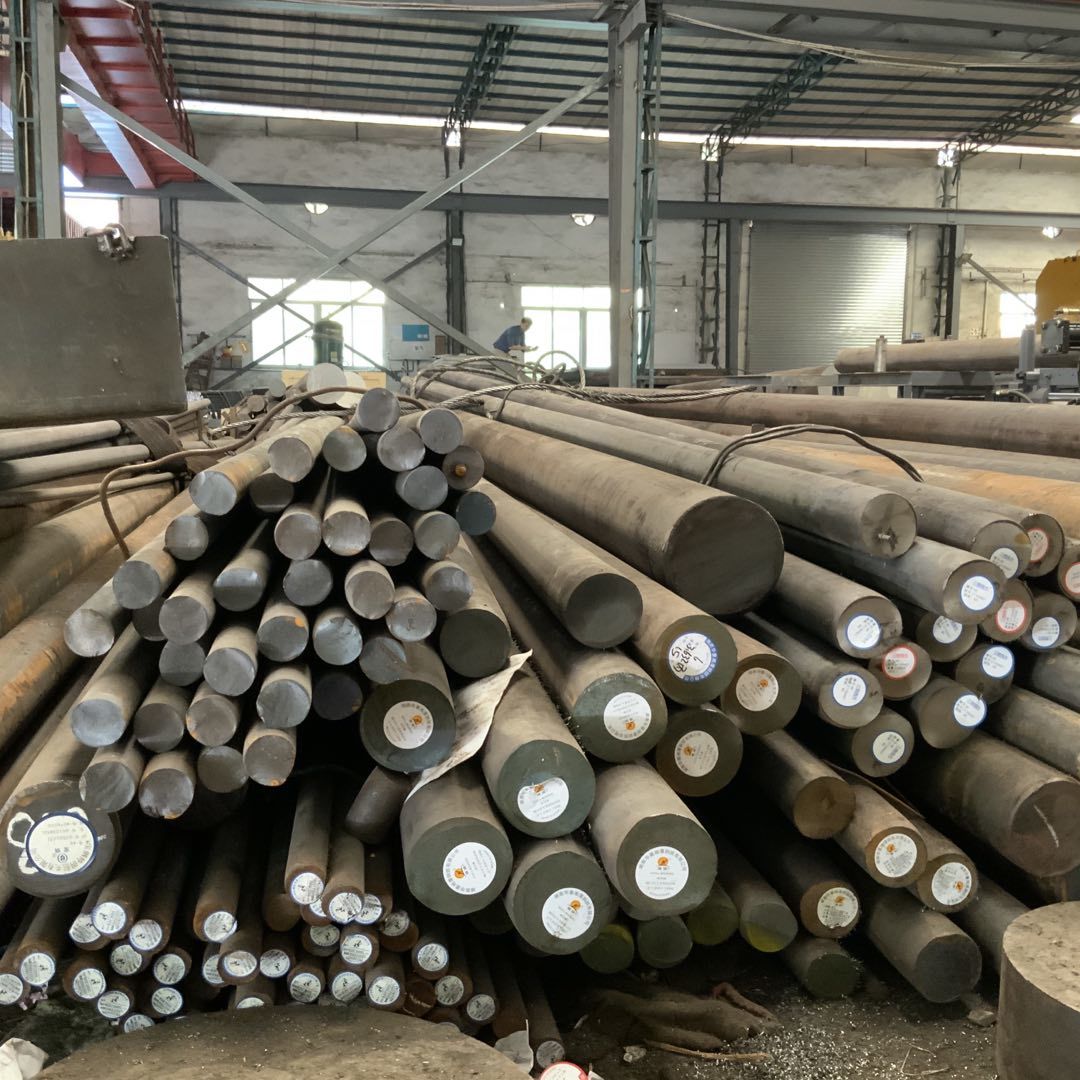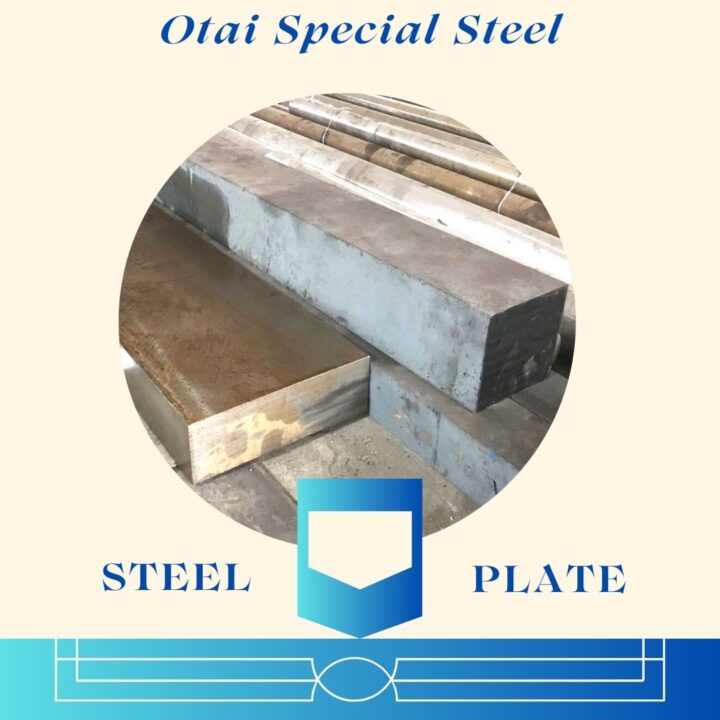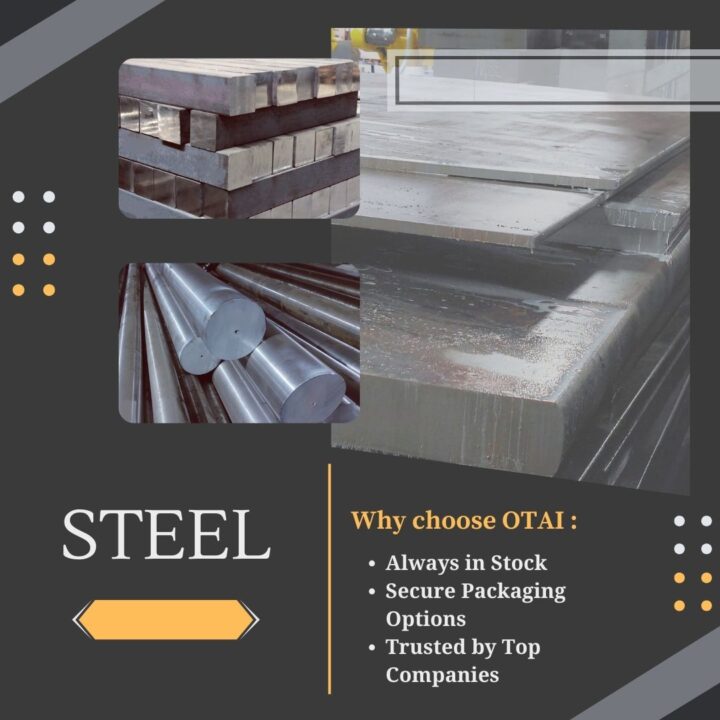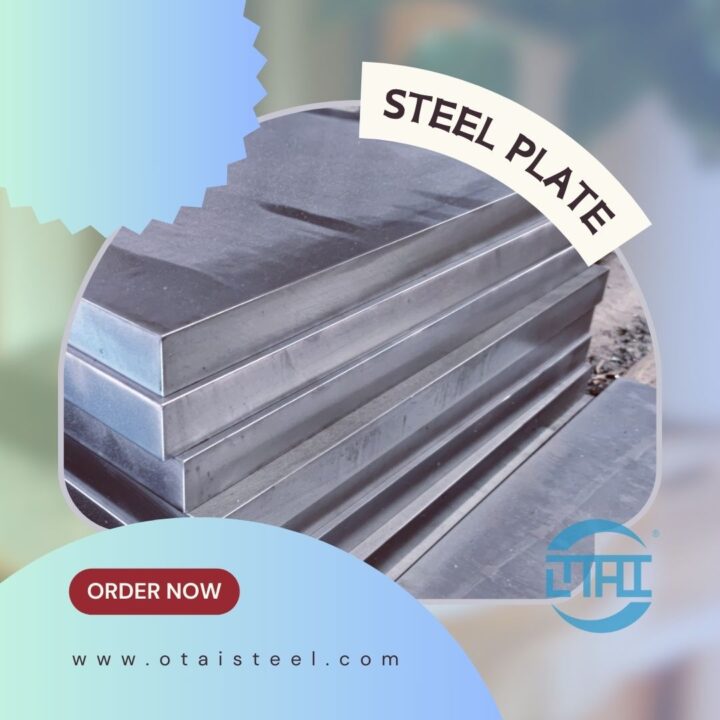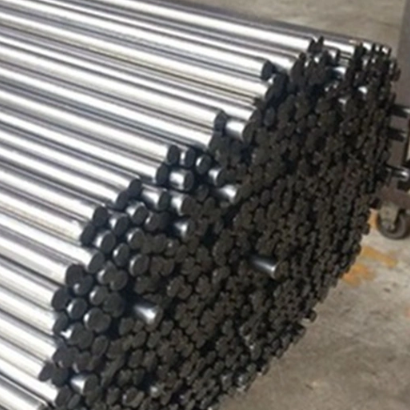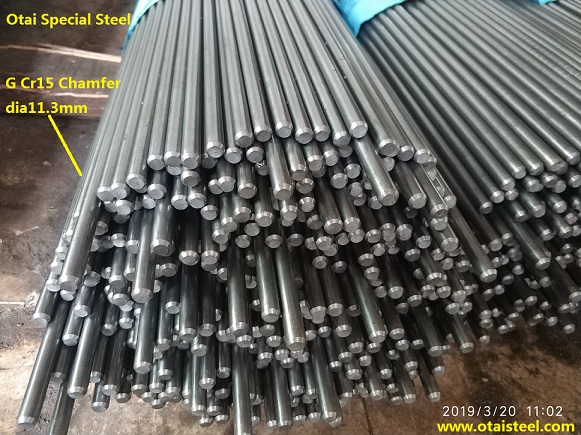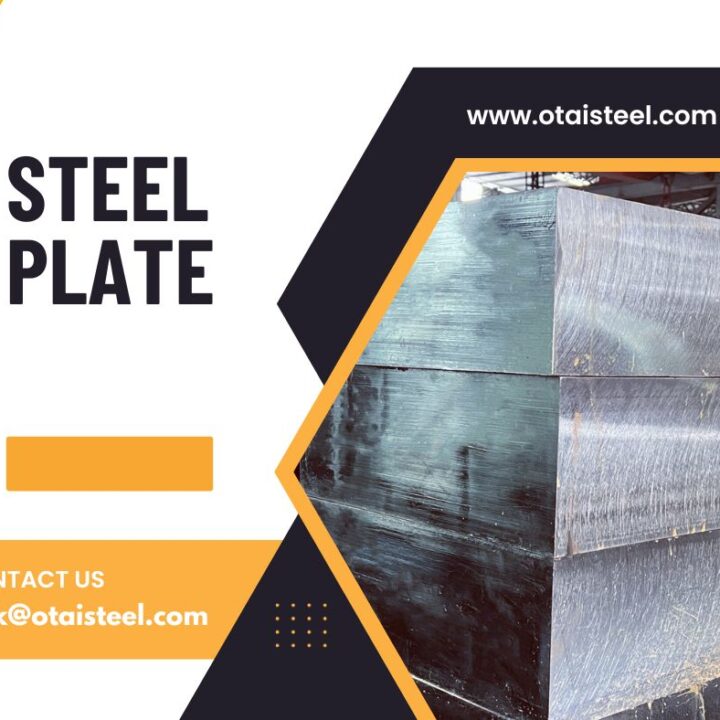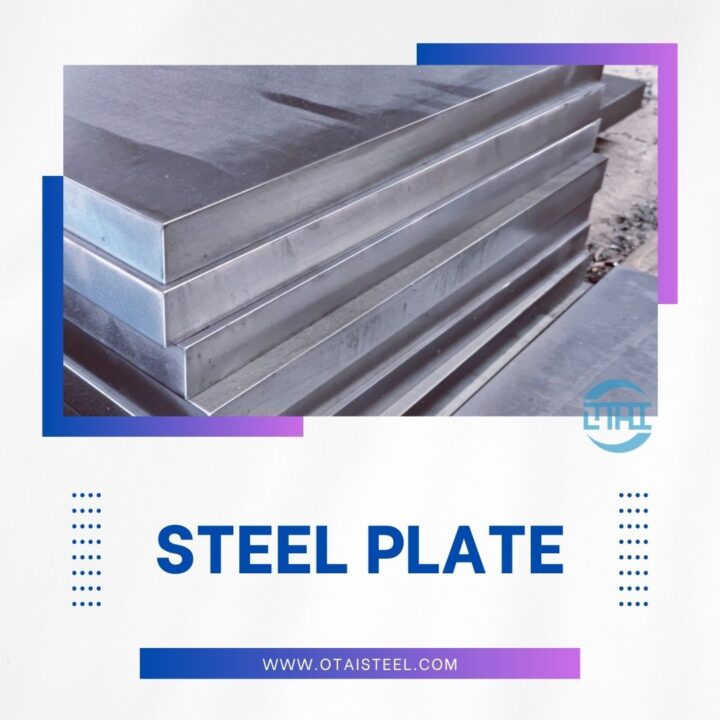Before exploring joining techniques, it is essential to understand the properties of 4340 steel. This low-alloy steel exhibits excellent mechanical properties, including high tensile strength, toughness, and wear resistance. Its composition makes it suitable for various demanding applications, but the joining process must be carefully considered to avoid any potential degradation of these properties.
Welding Techniques for 4340 Steel
Welding is a widely used joining technique for 4340 steel components. Various welding methods, such as Gas Tungsten Arc Welding (GTAW), Gas Metal Arc Welding (GMAW), and Shielded Metal Arc Welding (SMAW), can be employed depending on the application. Proper pre-welding preparation, post-welding heat treatment, and filler material selection are critical to ensuring joint strength and minimizing the risk of welding-related issues like cracking and distortion.
Brazing and Soldering
Brazing and soldering are techniques used to join 4340 steel components using a filler material with a lower melting point than the base metal. These methods provide good joint strength and are often used for joining dissimilar materials. The choice of filler material and precise control of the brazing or soldering process are essential to achieving high-quality joints.
Adhesive Bonding
Adhesive bonding involves using specialized adhesives to join 4340 steel components. This technique offers excellent aesthetics, weight reduction, and the ability to bond dissimilar materials. Surface preparation, adhesive selection, and curing conditions are crucial factors affecting the bond’s strength and durability.
Mechanical Fastening Methods
Mechanical fastening techniques, such as bolts, screws, and rivets, provide an efficient way to join 4340 steel components. They offer quick assembly and disassembly, making them suitable for applications requiring frequent maintenance or repairs. Proper torque application and joint design are essential for ensuring the mechanical fastening’s reliability.
Joining Dissimilar Materials
In some applications, 4340 steel components need to be joined with dissimilar materials, such as aluminum, stainless steel, or composites. Specialized techniques, such as explosion welding or friction stir welding, can be employed to achieve strong and durable joints between dissimilar materials.
Hybrid Joining Techniques
Hybrid joining techniques combine two or more joining methods to optimize joint properties. For example, a combination of welding and adhesive bonding can offer enhanced joint strength and fatigue resistance.
Considerations for Joint Strength and Integrity
When joining 4340 steel components, factors like joint design, material compatibility, and stress distribution must be carefully considered to ensure joint strength and integrity under different loading conditions.
Non-Destructive Testing for Joint Quality
Non-destructive testing methods, such as ultrasonic testing and radiography, are essential for evaluating joint quality and detecting potential defects or imperfections.
Real-World Applications and Case Studies
Real-world applications and case studies demonstrate how different joining techniques are applied in various industries. Examples can include automotive structures, aircraft assemblies, and industrial machinery.
Choosing the Right Technique
Selecting the most suitable joining or bonding technique for 4340 steel components depends on factors like material thickness, joint configuration, required joint strength, and environmental conditions. Engineers must carefully evaluate these aspects to make informed decisions.
Exploring different techniques for joining or bonding 4340 steel components is crucial for ensuring strong and durable assemblies. Each technique offers specific advantages and limitations, and the proper selection depends on the specific application requirements and desired joint properties. By understanding the properties of 4340 steel and considering various joining methods, engineers can create reliable and efficient components that meet the demands of diverse industries.
